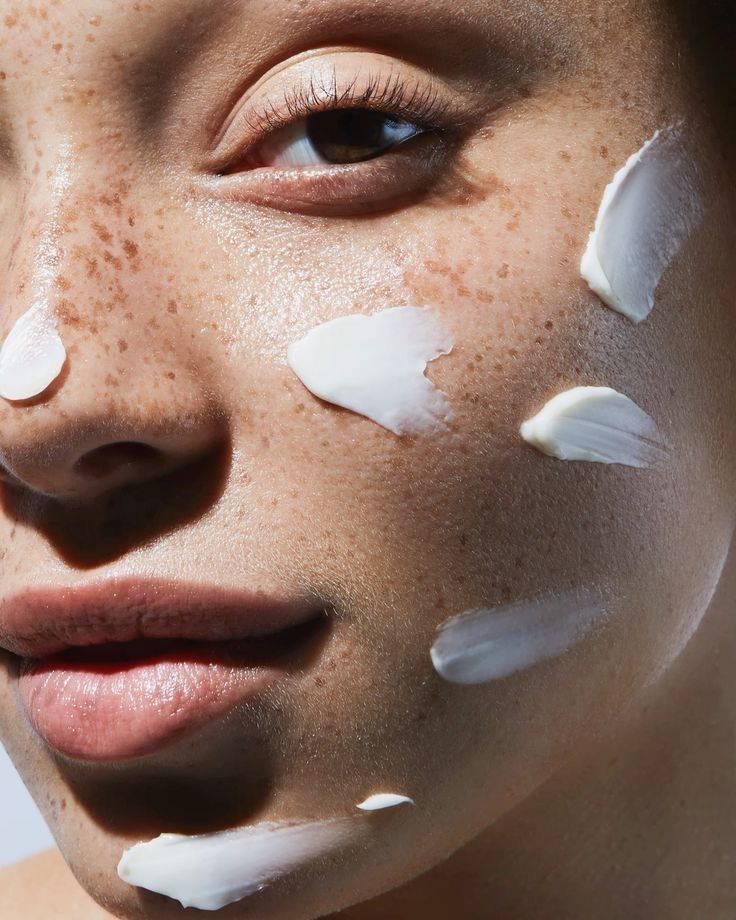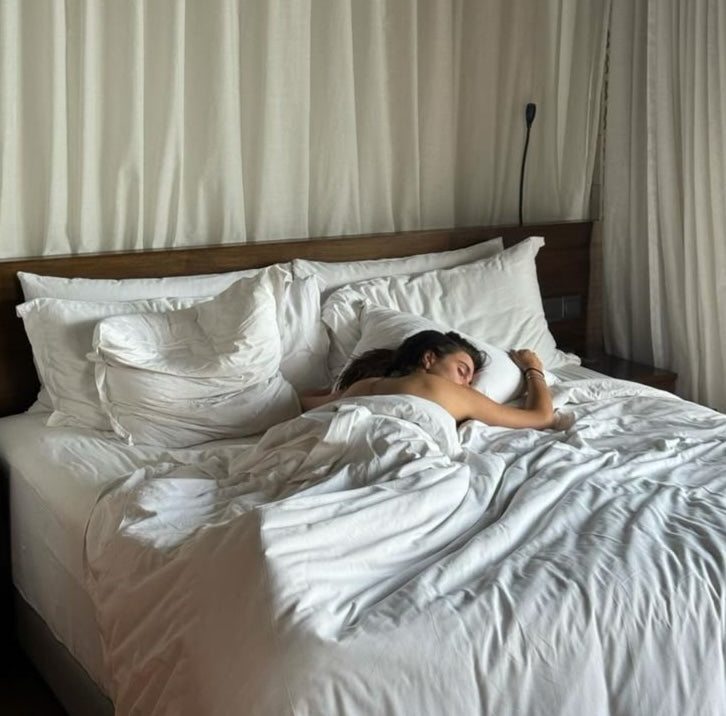Why sleep changes your skin
Night is when your body prioritizes repair, fluid balance, and barrier recovery. Short or irregular sleep often shows up as tighter-feeling cheeks after cleansing, “shiny yet dehydrated” T-zones, and makeup that won’t sit right. You don’t need a miracle ingredient—you need a repeatable rhythm that supports your biology.
Timing: regularity beats perfection
- Anchor your bedtime within a 60–90 minute window most nights. Irregularity strains circadian rhythms that guide skin repair.
- Dim earlier: lower lights and screens 60 minutes before bed; warm screen tone helps.
- Pre-sleep cue: the same 2–3 minute ritual nightly (breath, stretch, journal) signals “repair time.”
Room climate and skin water loss
Heaters and AC reduce humidity, speeding transepidermal water loss (TEWL). That’s the “tight yet shiny” feeling by morning.
- Humidity: if possible, keep ~40–50% relative humidity. A small humidifier or even a bowl of water helps.
- Temperature: cooler rooms support deeper sleep; avoid very cold air blasting at the face.
- Pillowcase & friction: breathable fabrics; change 1–2×/week, more if you train late.
An evening routine that supports sleep
- Gentle cleanse on damp skin; lukewarm water; pat—not rub—dry.
- Comfort layer that feels breathable. If the room is dry, add a second thin pass on cheeks and around the nose.
- Lip care and a short wind-down (4-6 breathing or a slow stretch).
Note: If anything stings, reduce steps for 2–3 nights. Repair loves simplicity.
Short-sleep mornings (the rescue plan)
- Cleanse lightly (or just rinse if you can).
- Thin comfort—let it settle 60–90 seconds.
- Daily SPF with a finish you like to wear; reapply by pressing mid-day.
Habits that compound over weeks
- Caffeine: taper 6–8 hours before bed if sensitive.
- Late meals: leave 2–3 hours; refluxy sleep shows up as puffy, dehydrated mornings.
- Morning light + movement: 10–20 minutes outside anchors body clocks and mood.
When to ask a clinician
Persistent insomnia, loud snoring, frequent awakenings, or significant daytime sleepiness merit a professional look. Improving sleep quality often improves skin comfort indirectly through hormonal and nervous-system pathways.
Educational only; not medical advice. For diagnosis/treatment, consult your clinician.

